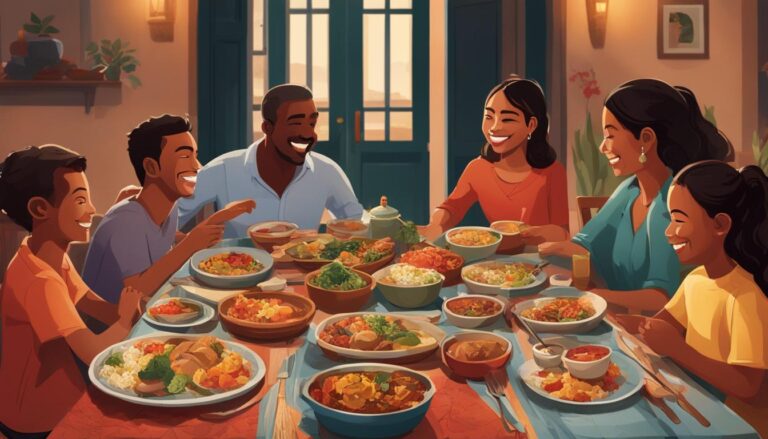When To Get Vision Insurance For Kids
Vision Insurance for Kids: Parents pay close attention to their children’s growth stages. Parents observe as their child develops from a newborn to a toddler to a youngster, from first garbled words to first steps. Most parents know when to take their children to the doctor for essential health exams, but not all parents know when to take their children in for an eye test.
It’s crucial to remember that eye exams aren’t only for determining whether or not your child requires glasses. Your child’s vision and good eyesight can benefit from preventative care, much like a general health checkup with your physician, and that’s why vision insurance is essential.
This paper will give you much-needed insights on when you should add your child to vision insurance.

Appropriate Age to Take Vision Insurance for Your child
Your infant should be checked three times in the first year to assess eyesight and eye development. A pediatrician will conduct the screening by shining a light in the child’s eyes to examine the pupillary response and eye alignment during routine well-child checkups. If any issues are discovered, you will be directed to a pediatric eye care specialist.
After the first year, your baby won’t require another eye test until they’re three years old, then every year until they’re six, then every two years. If you detect any weird or unexpected behavior with your child’s vision, consult your physician. More regular eye exams may be necessary for some circumstances.
Official eye tests usually begin at the age of three, so your kid should have vision insurance by then. The extent of coverage varies per plan; however, the following are the most common services covered by children’s vision insurance:
- Eye examinations
- Lenses and frames for eyeglasses
- Contact lenses
- Select extras, including scratch impervious coatings and blue light.
Common Eye Conditions that May Necessitate Vision Insurance for Children?
Lazy eye is a frequent childhood eye disease. When one eye is dimmer than the other, this happens. Treatment for lazy eyes is effective. A child’s lazy eye may be treated with eye drops, an eye patch, or even eyeglasses by your pediatric ophthalmologist.
Crossed eyes are another prevalent symptom. When one or both eyes shift inward or outward, this is called internal or outward gaze. In this scenario, your child’s pediatric ophthalmologist may prescribe an eye patch or other protective eyewear.
Regardless of the eye disease, the sooner you take your kids to the doctor, the better the remedial action and outcomes will be.
Parents are their children’s first line of protection. Making preventive vision care a part of your child’s health milestones will help them maintain good vision for the rest of their lives.
Who to Consult Before Taking Vision Insurance for Your kid?
Your kid should be examined by a doctor who has received further training in the treatment of young children. Pediatric ophthalmologists have additional training in detecting and treating eye disorders in youngsters. Pediatric ophthalmologists typically offer kid-friendly test and treatment procedures to assist in discovering any visual problems your child may have.
Benefits of Vision Insurance for your Children
Vision insurance supports excellent health in the same way that a regular fitness program does. Eye exams are considered preventative care, and most, if not all, insurance plans pay the cost of the exam. Regular eye exams allow your eye doctor to detect vision correction requirements, changes inside the eye, and the early stages of eye illnesses such as cataracts, glaucoma, diabetic retinopathy, and macular degeneration.
Overall well-being; doctors commonly uncover major medical concerns during an eye exam, including hypertension, diabetes, particular malignancies, autoimmune illnesses, thyroid abnormalities, and high cholesterol. Early detection of certain disorders may minimize medical treatment expenses.
Cost savings; know your eye care requirements for the next 12 months before subscribing to vision insurance. Do you or your dependents require contacts, eyeglasses or contacts, surgery, or regular eye exams? Check the plan’s benefits to see what’s covered. Basic plans may merely cover eye examinations and provide prescription eyewear savings. Comprehensive vision insurance can give basic coverage and discounts on eye surgery and additional prescription glasses.
Limitations of Vision Insurance for Kids
The vision insurance plan may cover glasses lenses, but only the most basic kind. You’ll have to spend more if you want anti-glare or lightweight lenses.
Frames may be covered under the plan, but only up to a particular level; thus, if you desire a pair of $250 frames, just a portion of the cost will be reimbursed. Alternatively, the plan may cover the frame’s retail markup but need you to pay the wholesale price.
During the same benefit period, some plans will only cover contacts or glasses, but not both. If you wanted to replace both your contacts and your glasses, you’d have to have contacts for a year, get another eye test, and select the glasses benefit 24 or 12 months later.
Some plans include waiting periods that range from 30 to 36 months. You will either receive limited or no benefits during the waiting time. The waiting period is in place to keep individuals from waiting until they have a costly condition before enrolling in vision insurance. Insurance firms are able to provide benefits when they are needed because they disperse risk among a wide number of people.
Some members are healthy, while others are not; yet, the majority will face some difficulty at some point. Insurance companies rely on healthy people’s premiums to cover the costs of sick individuals.

Bottom Line
Vision Insurance for Kids: When it comes to eye exams and vision insurance for your children, there is no golden age. When scheduling your child’s first eye test, the rule of thumb is to think about your family’s health history. If you, your spouse, or your kid’s siblings have vision problems, an eye test should be scheduled when your kid is a toddler.
Suppose your kid has not had any obvious visual difficulties in their initial few years. In that case, an eye exam may be most appropriate while they are getting ready to start kindergarten.






